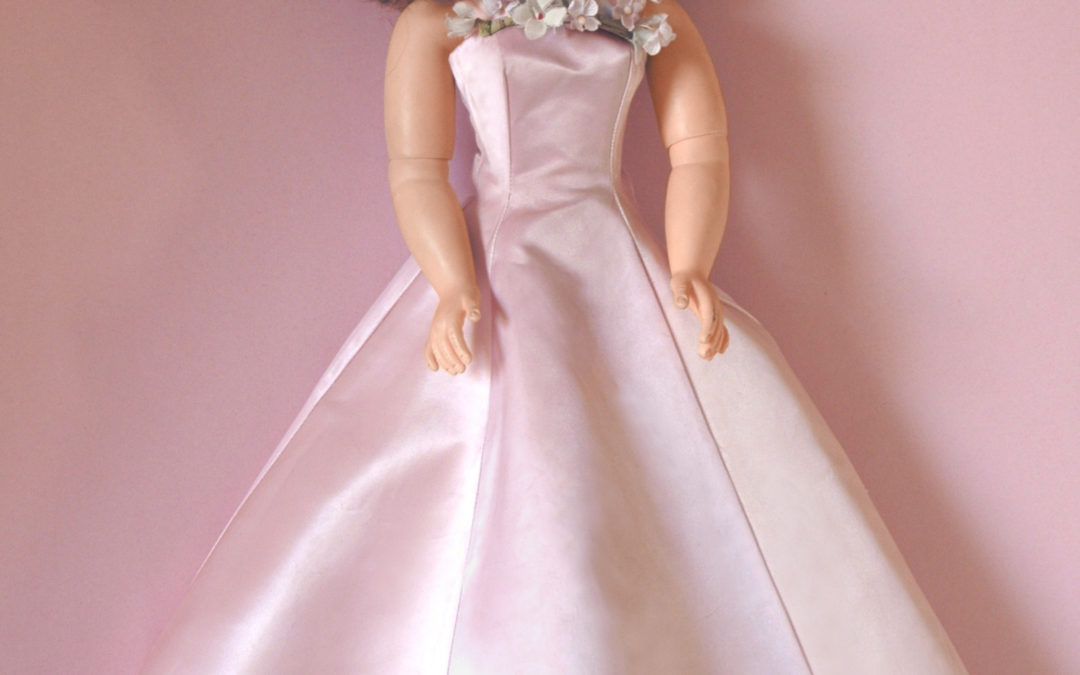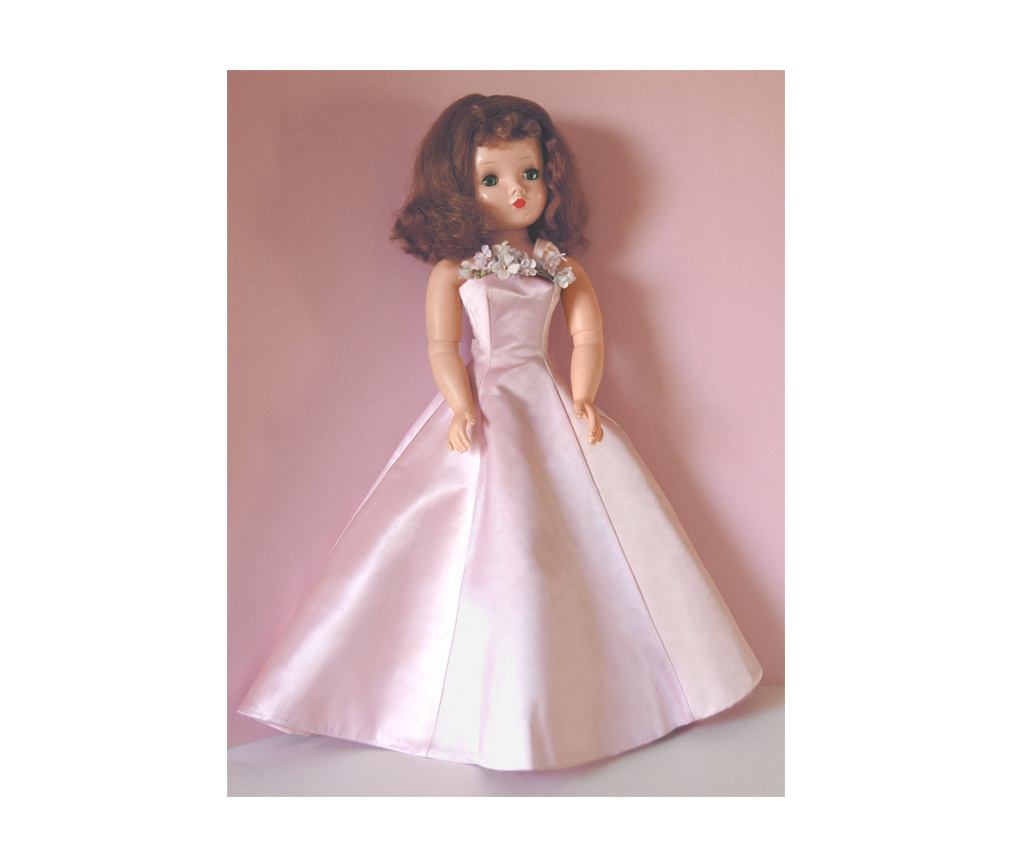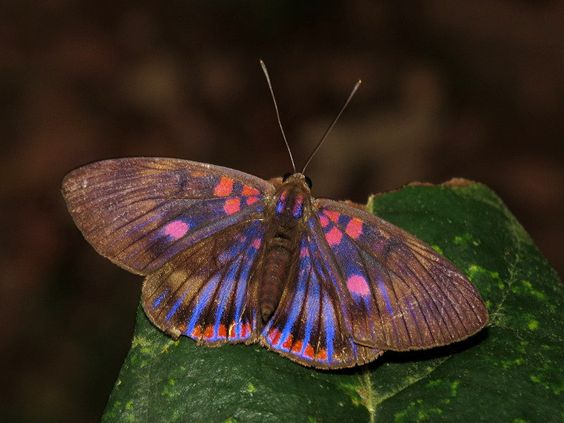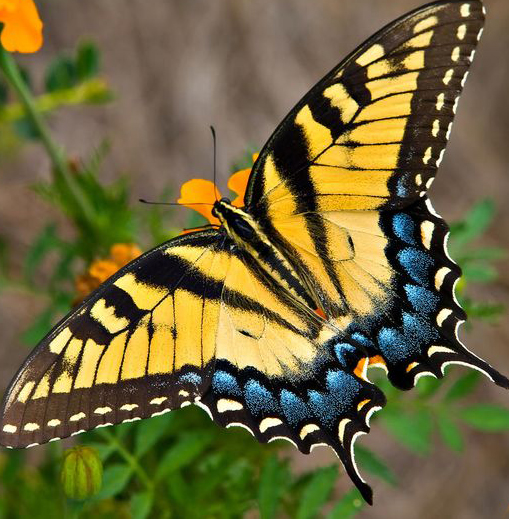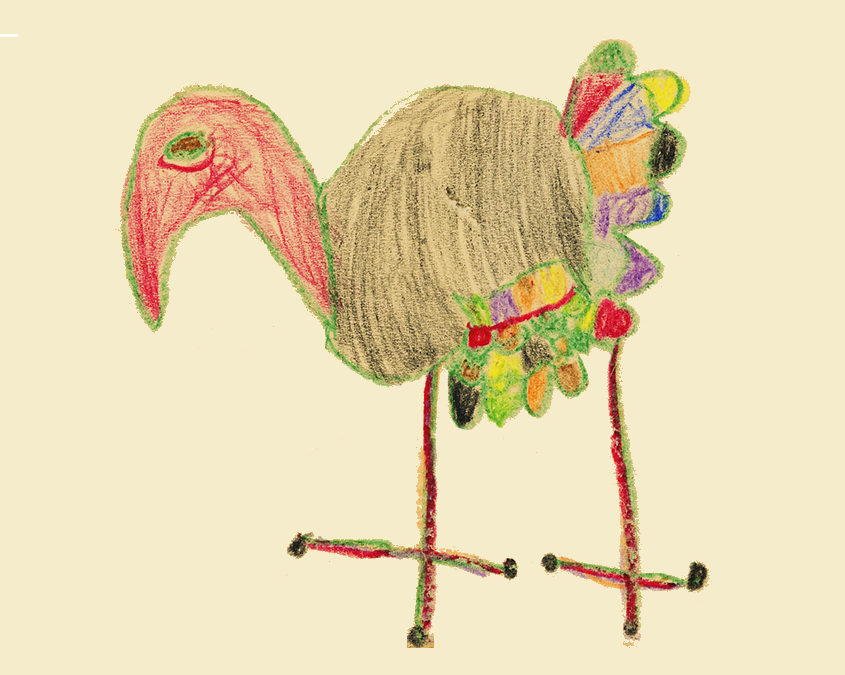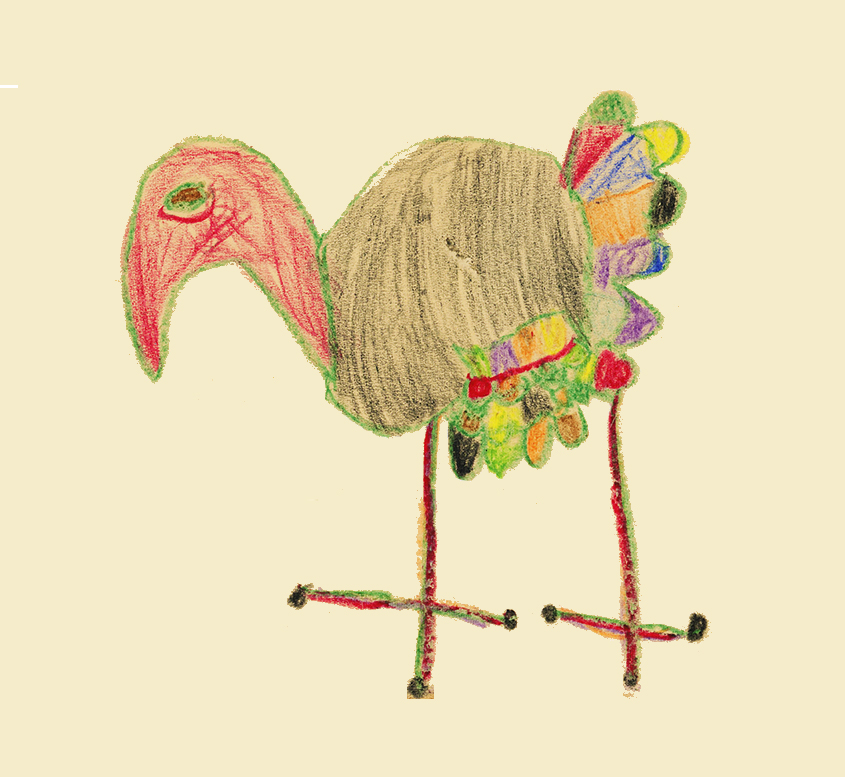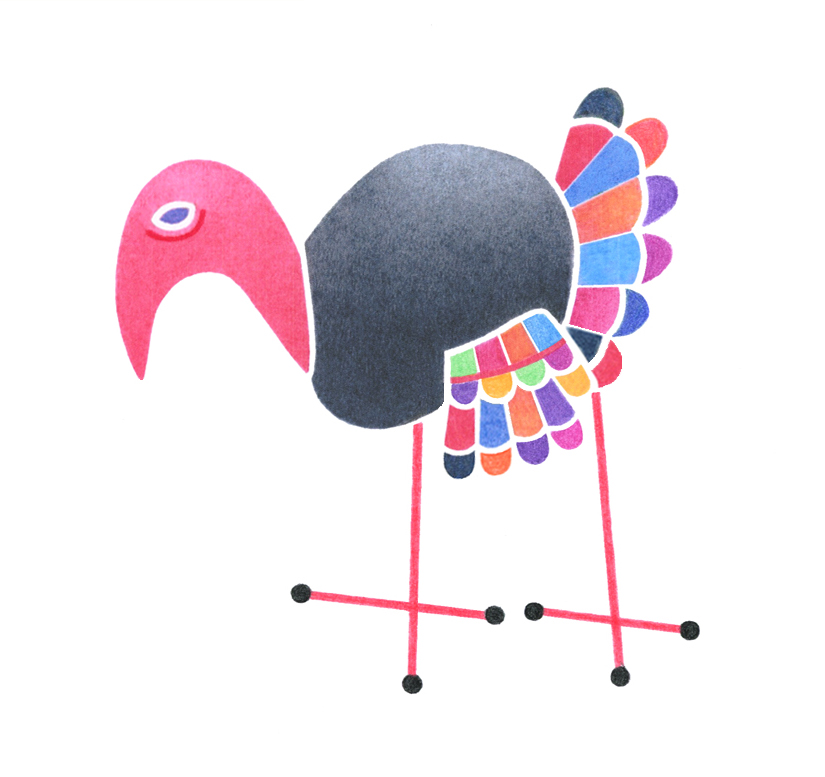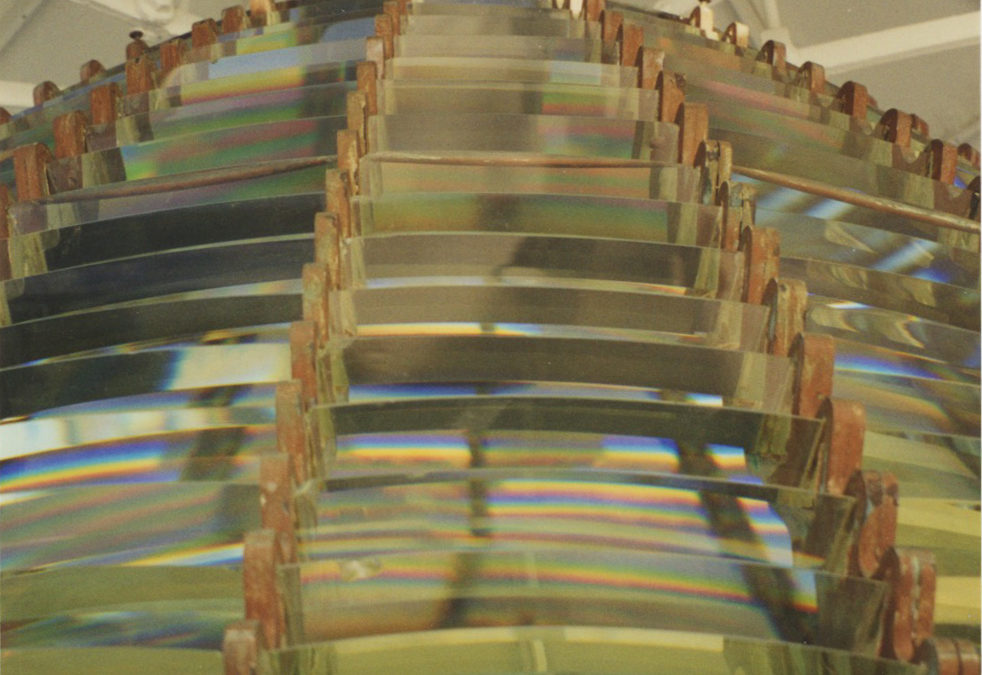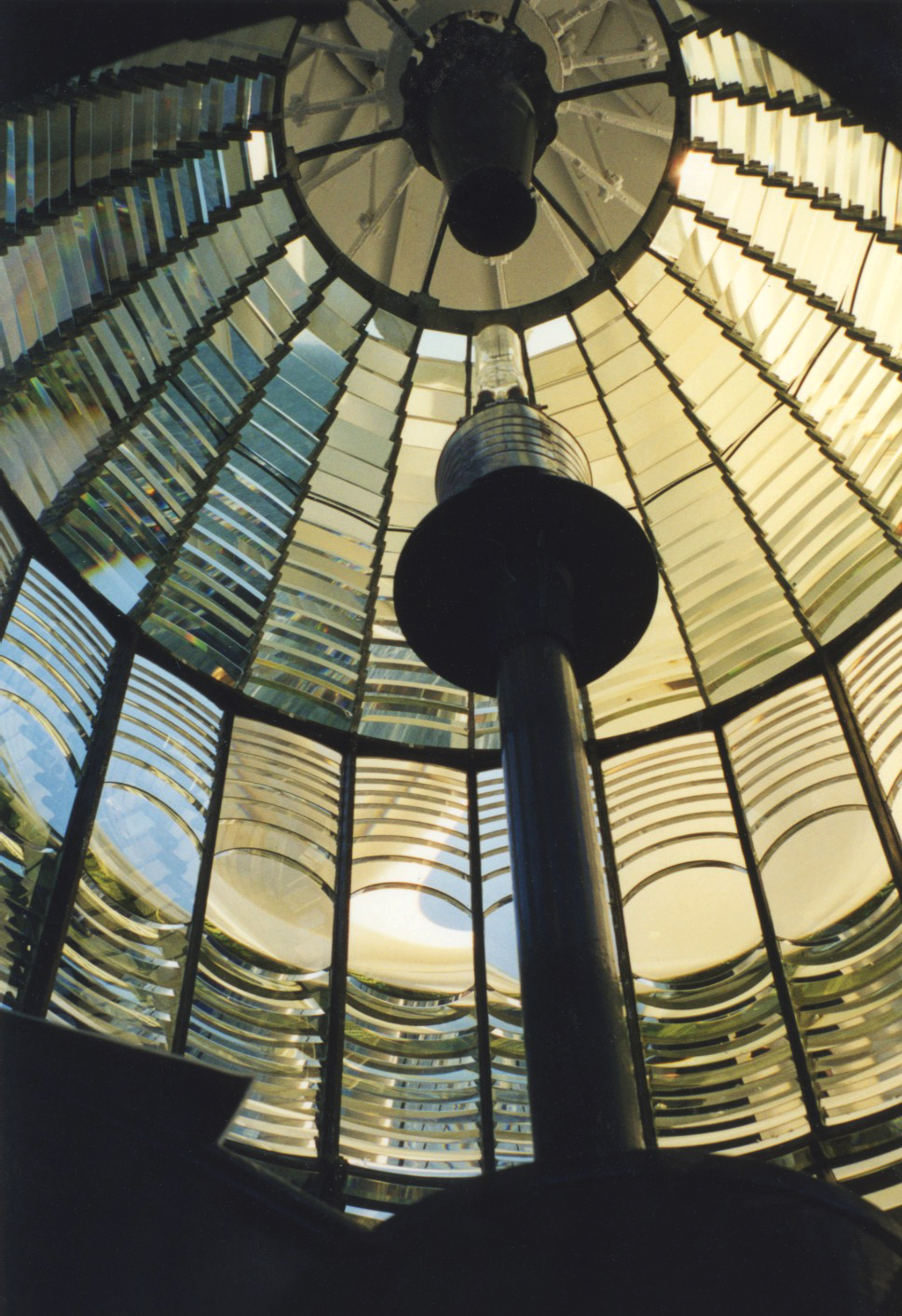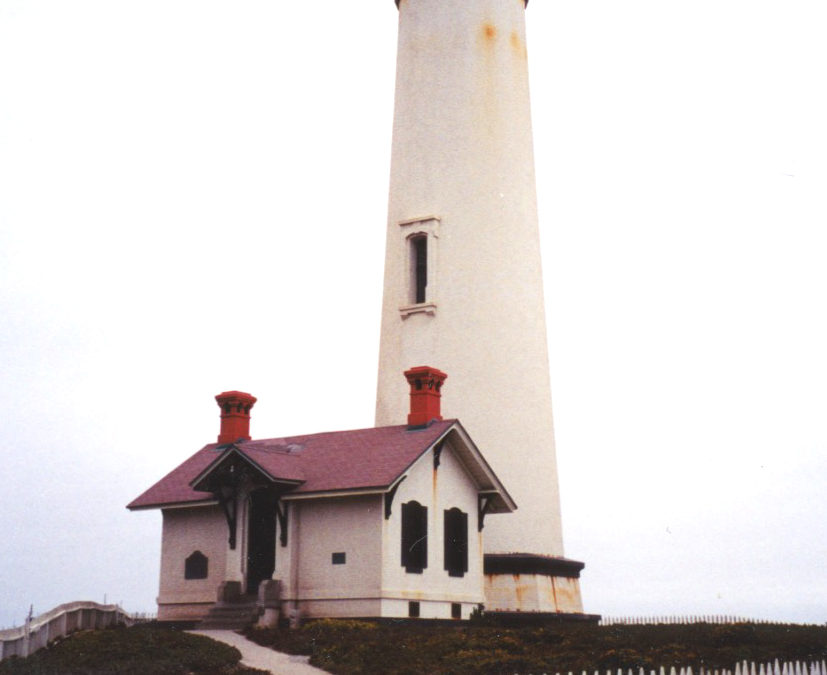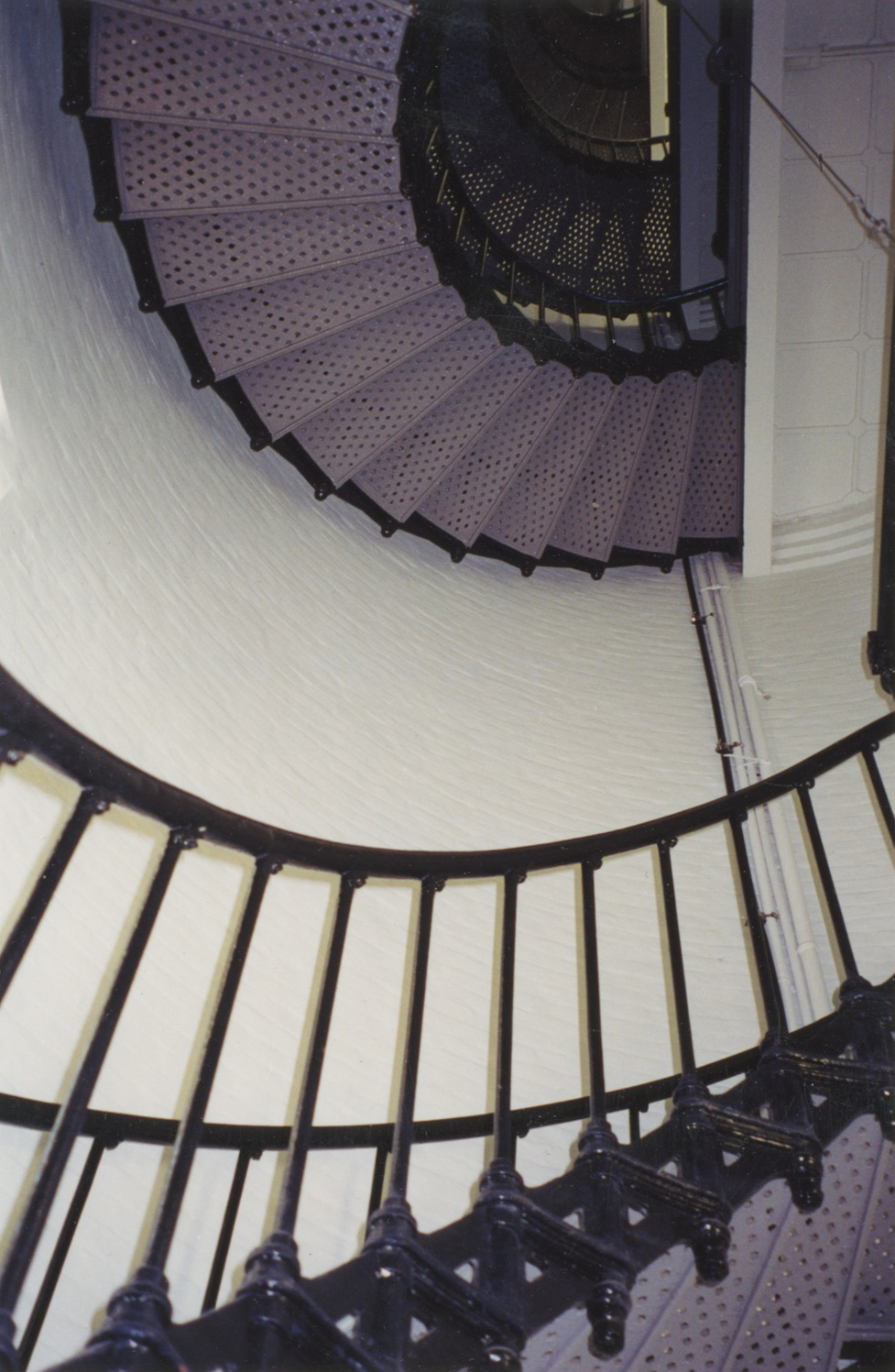I’ve decided to try an experiment—using train of thought to write a vignette about my parents, beginning with:
We hardly ever did things together as a family—as far back as I can remember, anyway. Nor did my parents spend much time with each other, though they did go to the occasional party together. My mom had an hour-glass figure and used to wear a beautiful black sheath with flocked red roses when she got dressed up. At one party, she told me years later, she was introduced to the novelist Saul Bellow. When she said she was a social worker, he reached out his arms to her and exclaimed, “I need relief!”
We didn’t even eat supper as a family. My dad fed my brother and me before my mom came home from work, though I can’t remember what he cooked. He was uninterested in food, so whatever it was must have been easy to prepare—my dad wasn’t in the habit of doing anything that didn’t suit him. What I do remember, probably because I found it repellent, was tongue…and pickled pigs’ feet that came in a jar. Putting on my thinking cap, I find I can retrieve a few more culinary recollections: chow mein—it wasn’t takeout, so it must have come from a can—and spaghetti (with button mushrooms that also came in a can).
The only time the four of us were regularly together was Sunday mornings, when my brother and I would pile on my parents’ bed before they got up—to read the Sunday comics while my parents read the news. Then my mom might make us French toast for breakfast or whip up some banana eggnog. Afterwards she would often go downstairs to talk to Beverly. Bev and Gus owned the duplex we rented and had a little boy named Greg, who said he wanted to marry me when he grew up.
So the things my brother and I did with our parents, we did with one or the other of them. In the evening my mom would read to us—until we learned to read ourselves—and we three would watch TV while my dad was holed up in his study. (We got our first TV when I was in second grade.) This was the heyday of the western—Wyatt Earp, Cheyenne, Have Gun Will Travel, Maverick, Sugarfoot… I can still remember all the words to the theme songs. Some of our other favorite shows were Robin Hood and Davy Crockett (all the boys had coonskin caps at the time)—and on weekends, the Perry Como Show (he was a barber who became a crooner), Sid Caesar’s wacky comedy hour, and the Hit Parade, which showcased the ten most popular songs of the week.
Which reminds me that one school day before a PTA meeting—I don’t know what grade I was in—our teacher asked us to draw a picture of our parents, intending to put our portraits of them on our desks that evening and have our parents guess which desk was their child’s. Mine was a no-brainer because of my dad’s red hair. But, interestingly enough, I started my picture with a vertical line down the middle of the page. This represented the wall between my parents’ bedroom and the living room. On the left side of it, I drew my dad in profile, lying on the bed, reading (which he did almost nonstop). On the right side, also in profile, I drew my mom, sitting on the sofa with a box of chocolates and watching TV. (Not that she ate chocolates that often; I just knew that she loved them.) What’s more, my parents were facing in opposite directions—and that just about sums up their marriage.
In my blog post “The Expurgated Version” I wrote about the things my brother and I did with our dad, including catching butterflies and fishing. Every fall a lepidopterist Dad knew would pay us to net as many monarchs as we could during their migrating season (they’re the only butterflies that migrate). We also caught morning cloaks, with their velvety dark purple-brown wings edged in yellow; commas and question marks, whose punctuation appeared on their back wings in silver; dogfaces that were lemon yellow and had the black profile of a dog on their upper wings; as well as fritillaries, red admirals, tortoise shells, buckeyes, and viceroys, which looked like small monarchs, hence the name. But the greatest prize of all was a tiger swallowtail—bright yellow wings with black stripes and delicate tails.
As for fishing, we’d stock up on Baby Ruth bars—my dad’s favorite candy—and minnows, rent a motor boat, and roar out to the middle of Lake Independence in Minneapolis. As we approached any area my dad thought might have fish, he would cut the motor and row stealthily the rest of the way.
On one outing my dad was thrilled to snag what he thought must be a huge fish since it was hard to reel it in. Instead it turned out to be a gigantic snapping turtle that he managed to drag into the boat with a net. “Kids, we’re going to have turtle soup tonight!” he exulted. But the turtle had other ideas. It lumbered out of the net and advanced toward us, snapping viciously, equally determined, apparently, to have us for his next meal. My dad tried to fight him off with an oar, but the turtle bit into it and wouldn’t let go. It was only after a considerable struggle that my dad was able to pitch the rabid creature over the side of the boat. To this day, I’ve never tasted turtle soup.
On another occasion, when Doug and I each had a friend along, he let us off on the island in the middle of the lake so we could go exploring. Instead, we found the whole place so infested with wood ticks, we couldn’t pick them off fast enough. Soon, it became clear that the safest thing to do was sit tight because, even then, enough ticks crawled on us to keep us busy. As we waited for what seemed like—and may have been—hours for Dad to come to the rescue, we made a game of keeping a running tally of who had picked off the most ticks, though I no longer remember who won. Which reminds of something my mom told me years ago—that shortly after she and my dad were married, they were walking on a beach and he wandered off, forgetting she was with him.
One of our traditions as Dad headed the boat for shore at sunset was to sing “To wonderful, wonderful Copenhagen, salty old queen of the sea…” at the top of our lungs. Even then we could hardly hear ourselves over the outboard motor. It was a line from a song in the movie Hans Christian Andersen, with Danny Kaye. Mom said I cried after the movie when I was little, so entranced by it that I didn’t want to leave the theater. No doubt I was captivated by Andersen’s fairy tales. But also, Danny Kaye looked very much like my dad, only with a warmer, gentler aspect.
Once in a while we did all go to a movie together—usually at a drive-in theater. Doug and I would get Cracker Jacks and go excavating through the caramel corn to reach the toy at the bottom of the box. Since Dad wasn’t about to go to any movie that didn’t interest him, we mostly saw nature films as a family, like Disney’s The Living Desert and The Vanishing Prairie.
Now those wood ticks are reminding me of the one and only time our family went to a resort together to spend the weekend—Black Duck Lake. I don’t remember seeing any black ducks, but I do remember my brother and me running down the pier, jumping into the lake, and swimming like mad to shore, where we peeled off all the black leaches that had latched onto us, sometimes even managing to squeeze between our toes. That done, we’d dash down the pier again…and again. Not surprisingly, my parents never joined us for a dip.
We didn’t even play games as a family. My father taught me the rudiments of chess, and he, Doug, and I sometimes played cribbage, but that was about it—Mom never joined in. Come to think of it, I don’t think I ever played any kind of game with my mom.
I do remember her taking me to the Children’s Theater in Minneapolis a few times, however, to see plays like Aladdin and occasionally driving both Doug and me to Lake Johanna on summer weekends. While she worked on a suntan, we swam and cavorted all afternoon, leaving me with a succession of sunburns. On the way home, we always stopped for fried chicken at the Roadside Drive-In—even after the yellow arches of the first McDonald’s appeared farther down the road.
The longest times we ever spent together as a family were our cross-country trips. First we’d head to Oklahoma to see Frank, Margret, and Dad’s other relatives, then to California to visit my mom’s family and friends. Along the way we drove through all types of terrain—the Badlands of South Dakota and the Painted Desert in Arizona—and we stopped at all the scenic sites (in no particular order): Mt. Rushmore (also in South Dakota), Carlsbad Caverns (New Mexico), Devil’s Tower (Wyoming), the Indian cave dwellings (Colorado), the Grand Canyon (Arizona), Crater Lake (Oregon), Yellowstone Park (Wyoming mostly), and Yosemite (California).
Wow! I just looked up the Petrified Forest to see what state it’s in and saw a dizzying array of fabulous photos of the Painted Desert. And what I’ve been feeling as I write this train-of-thought blog is the richness my dad brought to my life, even if he could be unfeeling, even if he did intimidate me. But when my mom broke her promise to him in their divorce agreement never to take my brother and me out of state, all that richness came to an end.
